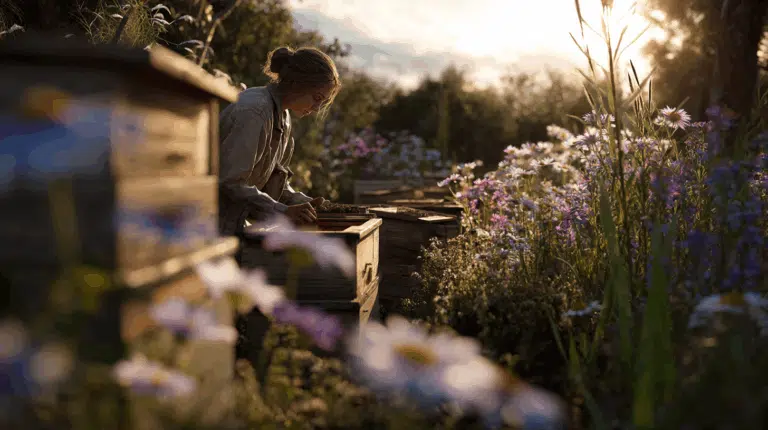Available in several forms, both annual and perennial. Typically tall, elegant flowering plants with striking blue, purple, red, pink, or white flower spikes. Ideal for cutting, they add vertical structure and rich color to bouquets.
With Delphinium seeds from EasySeeds.eu, you'll bring impressive, colorful cut flowers into your garden, perfect for bouquets and flower arrangements. Delphinium, also known as larkspur , is known for its tall, graceful stems and impressive spikes of flowers in various shades of blue, purple, pink, and white. Growing Delphinium from seed as a cut flower gives gardeners the opportunity to create a classic, elegant look in both borders and bouquets.
Imposing height and elegant flowers
Delphinium produces long stems with densely packed flowers, giving them a majestic effect in borders and creating a striking accent in bouquets.
Long-lasting flowering and aesthetic value
Larkspur blooms profusely from mid-summer to early autumn, providing months of colour and elegance to your garden and cut flower bouquets.
Delphinium
is easy to grow, requires some support for taller varieties, and is suitable for borders, flower beds, and large pots. Ideal for gardeners who want to add impressive height to their garden.
Bee-friendly and ecological
The flowers attract bees, butterflies and other pollinators, which contributes to biodiversity and a healthy garden environment.
Cut flowers for bouquets – The long, sturdy stems and colorful spikes make Delphinium perfect for bouquets and flower arrangements.
Borders & flowerbeds – Add height, structure, and striking color to your borders with this elegant cut flower.
Pots and containers – Compact Delphinium varieties can also be grown in large pots and containers for a spectacular effect.
Combinations with other cut flowers – Combine Delphinium with Zinnia, Tagetes or Antirrhinum for a colorful and elegant border design.
Sowing time – Sow indoors from February to April or directly outdoors after the last frost for an optimal start.
Soil & Location – Use well-drained, nutritious seed compost and choose a sunny to partially shaded location.
Care – Keep the soil slightly moist during germination and the initial growth phase; feed regularly for strong, healthy plants.
Hardening off – Gradually acclimatise young plants to outdoor conditions before planting them out permanently.
Maintenance – Provide support for taller varieties and remove wilted flowers (deadheading) to prolong flowering.
At EasySeeds.eu, you'll find a wide range of Delphinium (Larkspur) seeds , selected for their germination rate, color variation, and flowering intensity. Whether you want to fill borders, embellish pots, or create impressive bouquets yourself, our Delphinium seeds will help bring your garden to life in every season.
🌸 Discover our range now and order easily online – buy Delphinium seeds at EasySeeds.eu!

Climate: Larkspurs prefer cool to temperate climates and are sensitive to high temperatures. They thrive in areas with mild summers and cool nights.
Soil: They grow best in well-drained, fertile soil with a pH between 6.0 and 7.0. Adding organic matter can help improve soil structure and fertility.
Sunlight: Larkspurs require full sun or partial shade for optimal growth and flowering.
Delphinium × belladonna, a hybrid between D. elatum and D. grandiflorum . Perennial, medium-tall plants (80–120 cm) with airy, graceful flower clusters, usually bright blue, sometimes white or lavender.
Delphinium consolida, annual, medium-tall plant (60–100 cm), branching with slightly incised leaves. The flower colour varies from intense blue, purple, pink to white. Both single and double flowered cultivars.
Delphiniums last an average of 7 to 10 days, provided they are well cared for with fresh water and flower food.
Immediately after cutting, place the stems in lukewarm water and let them sit for a while. This will seal the cut wounds and prevent sap from leaking.
Market appeal: Larkspur is a high-value cut flower, prized for its elegance and impressive appearance. It can be a profitable crop for professional growers, especially in cooler climates where the plant thrives.
Cultivation: Although larkspur requires careful cultivation and maintenance, its value and appeal in the flower market make it a profitable investment for growers targeting the high-end market.
At least 6 hours of direct sunlight per day will ensure strong stems and profuse flowering.